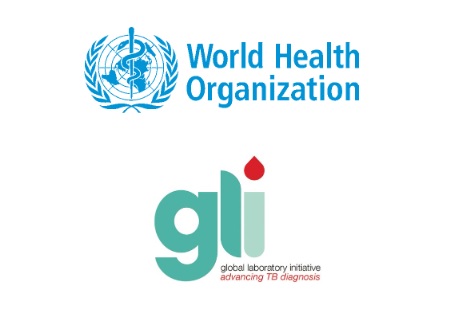
The World Health Organization and the Stop TB Partnership’s Global Laboratory Initiative working group release three new manuals to support the implementation of WHO-recommended TB diagnostics.
Three new manuals were released today to support the implementation of WHO-recommended rapid molecular diagnostic tests for the detection of TB and drug-resistant TB, the processing of stool samples for the diagnosis of childhood TB and the interpretation and reporting of line probe assays (LPAs) for detection of drug-resistant TB. These manuals were developed by the World Health Organization (WHO) and the Stop TB Partnership’s Global Laboratory Initiative (GLI) working group.
The first product assists implementers in the assessment of the most appropriate technologies to detect tuberculosis (TB) and drug resistant TB (DR-TB) in their settings. The manual includes a description of the tests, which data and the types of analyses are needed to make an informed decision, and a decision tree to select the most suitable testing technologies based on setting-specific situational analysis.
The second product provides practical information to implement the recent WHO recommendations for using stool, a child-friendly sample type, to detect TB and resistance to rifampicin in children using the Xpert MTB/RIF and/ or Xpert MTB/RIF Ultra tests. The manual includes a description of two processing methods, steps to perform the methods and implementation considerations.
The third document updates the GLI guide for the interpretation and reporting of line probe assays that was released in 2018. The revisions incorporate updates in the interpretation of mutations associated with TB drug resistance to align with the latest information in the 2021 WHO Catalogue of mutations in Mycobacterium tuberculosis complex and their association with drug resistance. The manual includes a description of LPAs for detection of TB drug resistance, a standardized interpretation of results for both first- and second-line drugs, and case studies for practical demonstration.
Source: WHO